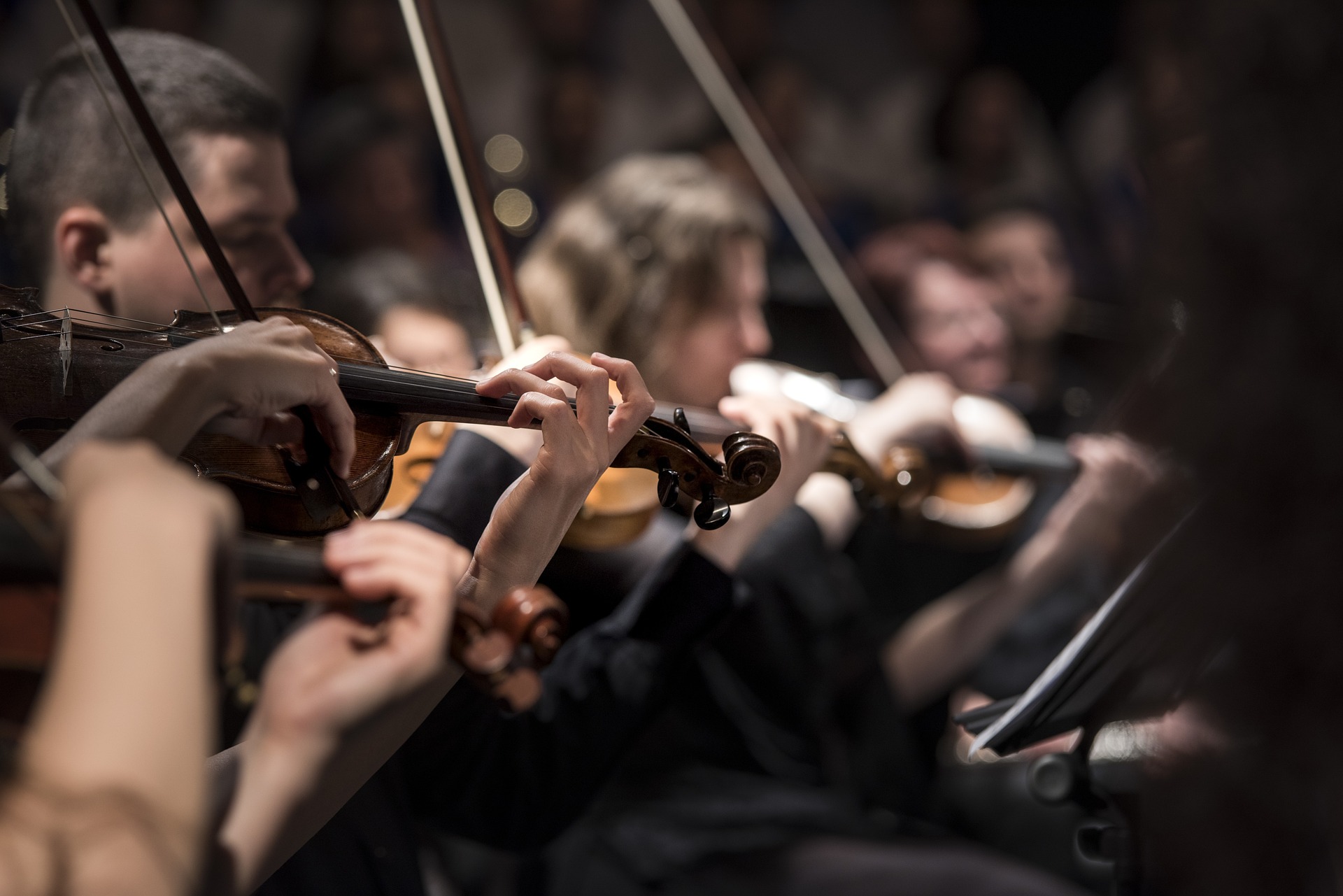Unveiling the Magic behind Cinematic Scores: The Power of Music in Film
Music is a universal language that transcends boundaries and cultures, and nowhere is this more evident than in the world of film. The right score can transform a scene, create emotional depth, and even become as iconic as the film itself. Read below as we delve into the captivating world of cinematic scores and the integral role they play in storytelling.
The Symbiosis of Film and Music
The relationship between film and music is symbiotic, each enhancing the other to create a powerful and immersive experience. Music can evoke emotions and build tension, while film provides a visual narrative that music can amplify. It’s a delicate balance that, when struck correctly, can create some of the most memorable moments in cinema history.
The Art of Scoring
Creating a score is an art form in itself. Composers must understand the film’s narrative, characters, and themes to create music that complements and enhances these elements. It’s a process that requires creativity, technical skill, and a deep understanding of storytelling.
Iconic Scores and Their Impact
Think of the chilling two-note motif from Jaws, the soaring strings in Titanic, or the haunting piano melody in The Godfather. These iconic scores have become synonymous with the films they accompany, demonstrating the power of music in shaping a film’s identity and legacy.
The Evolution of Film Scores
Film scores have evolved significantly over the years, from the live orchestras of silent films to the electronic and hybrid scores of today. This evolution reflects changes in technology, audience tastes, and filmmaking styles, and continues to push the boundaries of what is possible in film music.
The Future of Film Music
As technology continues to advance, the possibilities for film music are expanding. From immersive sound design to interactive scores, the future of film music is as exciting as it is unpredictable. One thing is certain: music will continue to play a vital role in the cinematic experience.
Useful Tips and Facts:
- The first film to feature a synchronized sound track was The Jazz Singer in 1927.
- Some of the most iconic film composers include John Williams, Hans Zimmer, and Ennio Morricone.
- Music can influence a viewer’s perception of a scene, changing the emotional tone or even the perceived length of the scene.
From silent films to the blockbusters of today, music has always been an integral part of the cinematic experience. It’s a powerful tool that can transform a film, creating emotional depth and enhancing storytelling. As we look to the future, the role of music in film is set to become even more exciting and innovative. Whether it’s a haunting melody, a triumphant orchestral score, or an innovative sound design, one thing is clear: the magic of music in film is here to stay.





